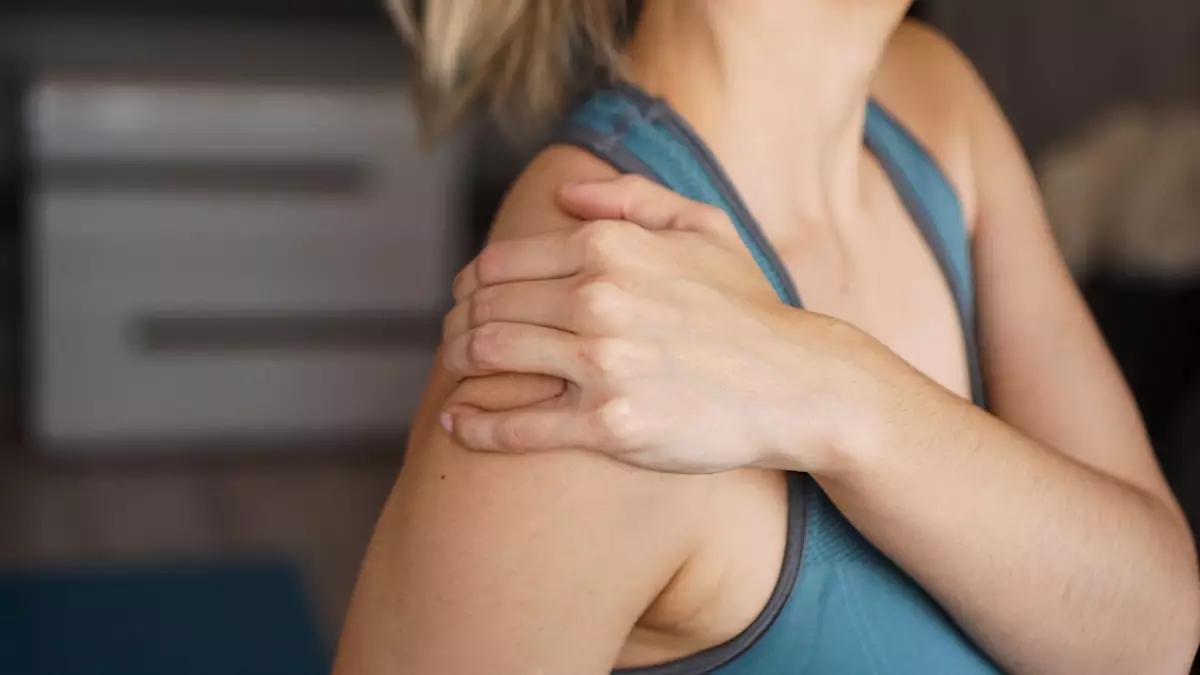Navigating the waters of perimenopause can be daunting for many women, especially when unexpected physical symptoms emerge. One of the more frequently overlooked manifestations is joint pain, which can significantly impact daily life. As a nutritionist who has long embraced a healthy lifestyle, the onset of perimenopause in my mid-40s confronted me with challenges I never anticipated. Despite diligently following a nutritious diet and a consistent exercise routine, I was met with the nagging reality of excruciating joint pain. My knees ached, my lower back tightened, and I felt a discomfort in my shoulders that I couldn’t ignore. If someone like me—who prioritizes health—could experience this, what does it mean for others?
The physiological changes during perimenopause, particularly the decline in estrogen production, are at the root of these discomforts. The reduction in estrogen disrupts collagen production, leading to joint inflammation and increased stiffness. This was the stage in my life where I had to seek alternative solutions to alleviate my pain, beyond just quick-fix measures like painkillers.
In my quest for relief, I stumbled upon the innovative practice of assisted stretching at a local studio called StretchLab. Intrigued by the benefits that such a method could potentially offer, I took the leap and booked a series of sessions. On my first visit, the warmth and welcoming atmosphere instantly enveloped me, making me feel safe to explore this new avenue for relief. Claudia Zappino, the lead Flexologist, exuded a reassuring energy that filled the room almost immediately.
Claudia introduced me to Proprioceptive Neuromuscular Facilitation (PNF) stretching techniques. This approach, which involves contracting and then relaxing muscles under professional guidance, can provide substantive relief by tricking the nervous system into allowing deeper stretches. It quickly became clear that this is not just about achieving flexibility; it addresses the core issues that underlie much perimenopausal discomfort by promoting joint mobility and reducing muscle stiffness.
Immediate Relief and Lasting Benefits
The results I experienced during my initial sessions left me astounded. Each gentle maneuver in which my body was guided provoked immediate relief from joint pain, and as the sessions progressed, I noticed marked improvements in my flexibility and ability to move with ease. By the third session, the transformation was undeniable; my mornings were no longer characterized by stiffness and discomfort. Claudia emphasized that assisted stretching could serve as a regular practice to maintain joint health, decrease muscle tension, and fend off the physical limitations commonly associated with menopause.
The importance of consistency was brought to my attention; Claudia suggested that even incorporating stretching two to three times a week can yield significant benefits. She reiterated the concept that surgery and medication are often only part of the solution; lifestyle choices must also play a central role.
StretchLab went above and beyond in ensuring that the client experience was holistic and nurturing. After each session, I was treated to a soothing cup of warm ginger tea, a simple yet effective way to soothe and rejuvenate the body post-stretching. Additionally, I experienced the miraculous effects of compression boots designed to stimulate circulation, easing any residual soreness, and I indulged in a luxurious LED mask treatment that served dual purposes: relaxing my mind and revitalizing my skin.
Beyond just the physical outcomes, there was an undeniable psychological uplift that accompanied my stretching sessions; I felt empowered during a phase of life where many women begin to feel constrained by their changing bodies. This realization of strength and flexibility was equally vital, restoring my confidence and sense of self.
In reflection, I realized that assisted stretching should not be viewed solely as an isolated intervention for pain relief. It is a part of a broader self-care routine that should include other wellness practices, such as proper nutrition, mindfulness, and strength training exercises. While I had previously sought relief through massage and chiropractic work, it became clear that those methods primarily address tension relief and alignment issues. Stretching, however, not only tackles stiffness but enhances mobility, creating a more resilient body that can age gracefully.
Ultimately, navigating perimenopause may present various hurdles, but it also offers opportunities for self-discovery and growth. The experience at StretchLab empowered me to reclaim both my flexibility and self-confidence. If you, too, have felt the weight of perimenopausal discomfort and are searching for solutions beyond temporary fixes, I highly encourage you to explore assisted stretching. This practice could herald a pivotal change in your physical and emotional well-being, reminding you that menopause may be a transition, but it need not become a limitation.

